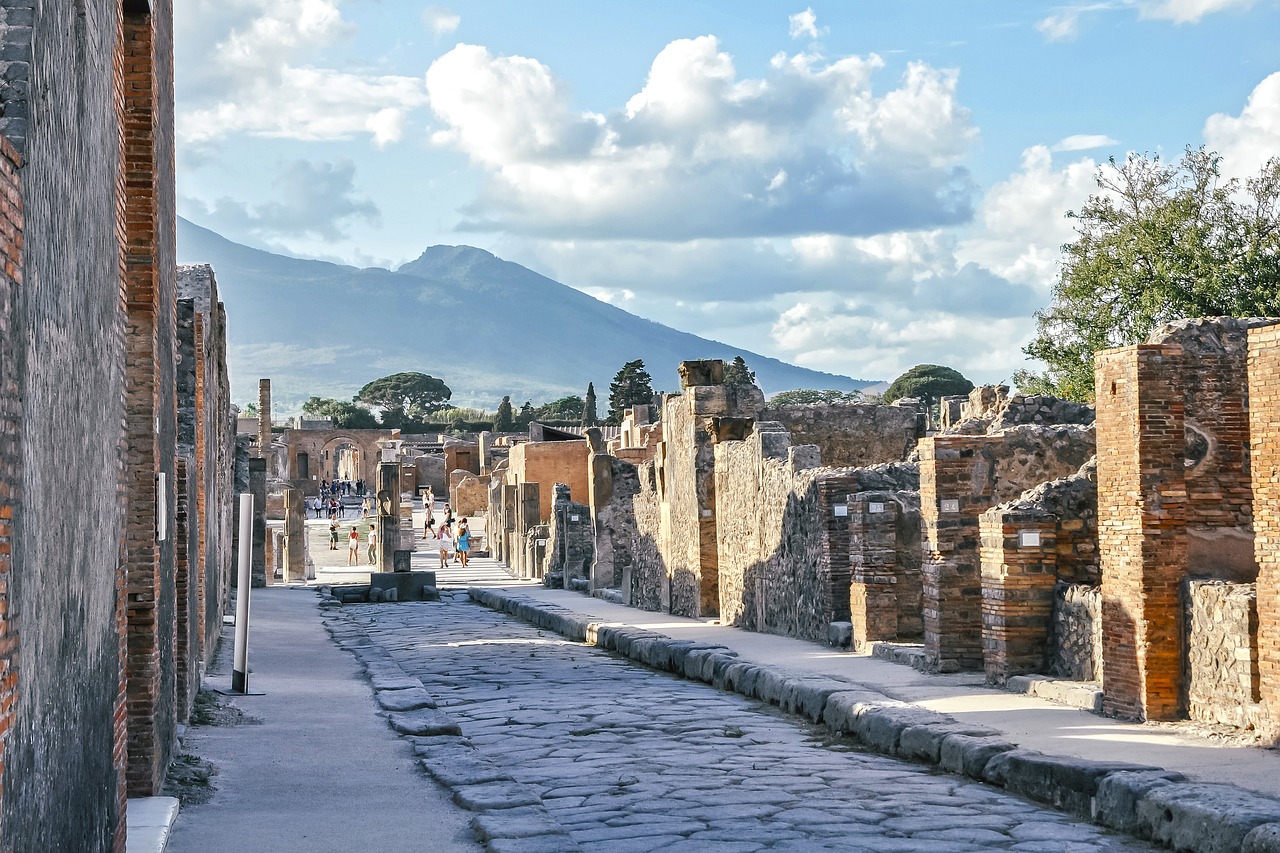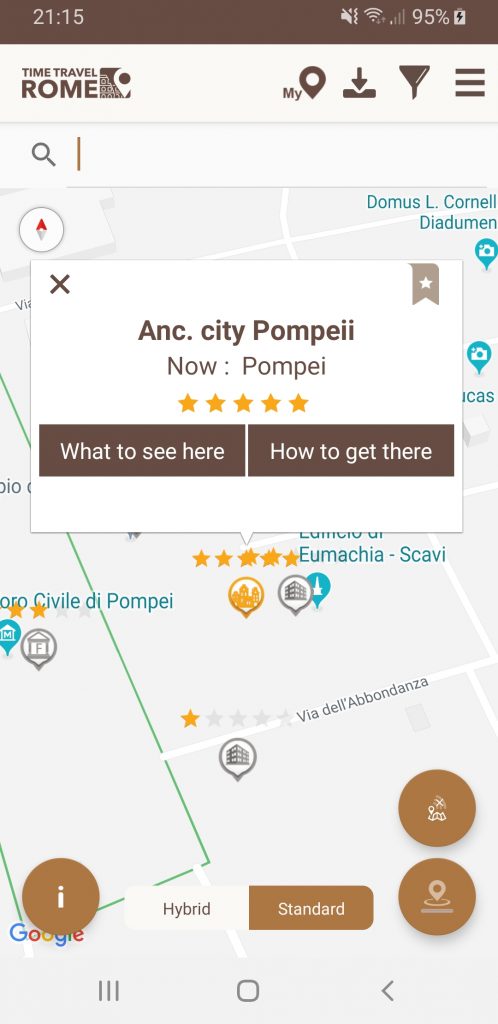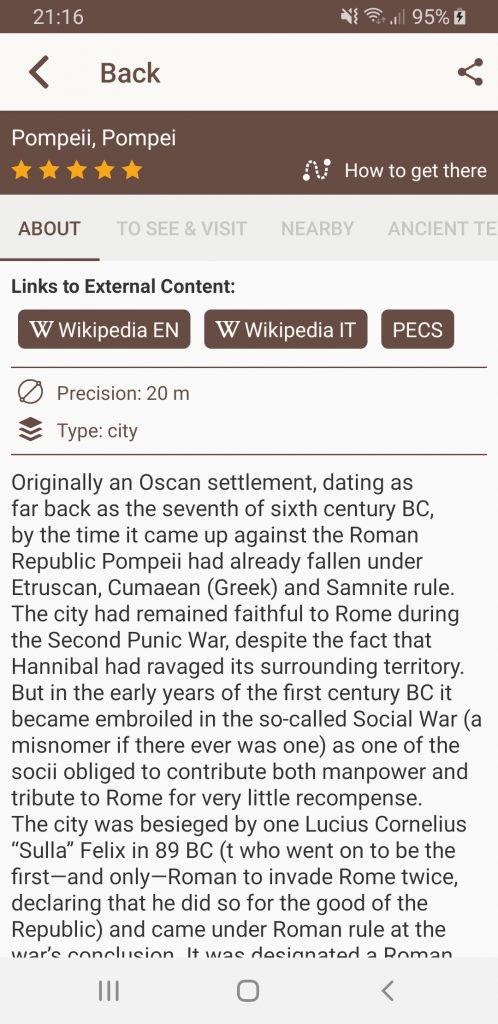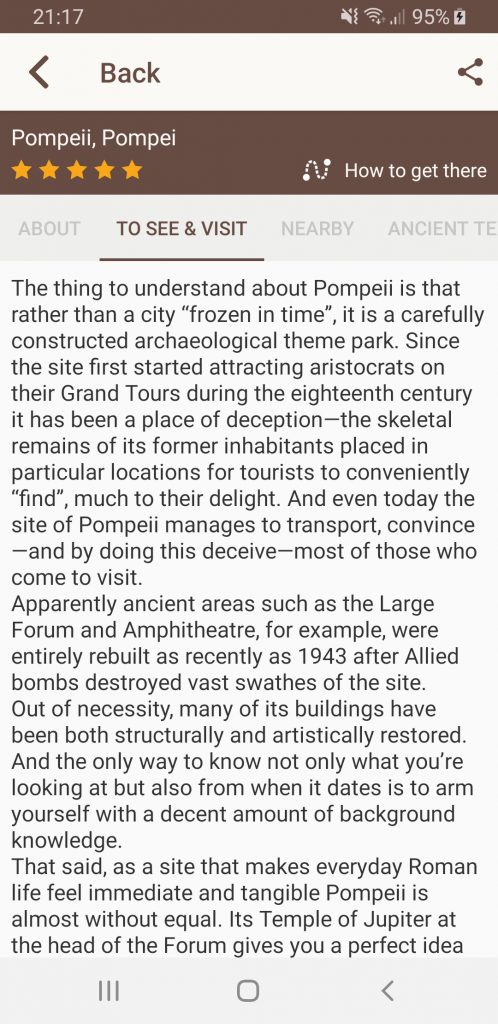Pompeii was one of the Roman cities that enjoyed the volcanic soils of Campania, the region surrounding Vesuvius. Pliny the Elder once called the area one of the loveliest places on earth. Vesuvius had not erupted since the Bronze Age, and the Romans believed that the volcano was dead. Although occasional earthquakes rocked the area, the most violent being in 62 or 63 A.D., the inhabitants did not connect the vibrations to the long silent mountain. On October 24th, 79 A.D.,* catastrophe struck, and Pompeii was lost to the fury of Vesuvius. The poignant stories of the people of Pompeii are heartbreaking, and sometimes difficult to read, but must be told.
Eruption
During the summer of 79 A.D., the fires built beneath the mountain. Small tremors increased to the point of becoming a normal part of life. The shifting of the earth cut off Pompeii’s water supply, and the volcano rumbled and growled. The citizens of Pompeii spent a sleepless night on the 23rd of October, as the shocks grew frequent and violent. When morning dawned, they rose to begin their day as usual. Around midmorning, Vesuvius spat out a cloud of fine dust. Not in the direct path of the wind, Pompeii only received a smattering of dust. The men and women began to hope for an end to the quakes of the night before.
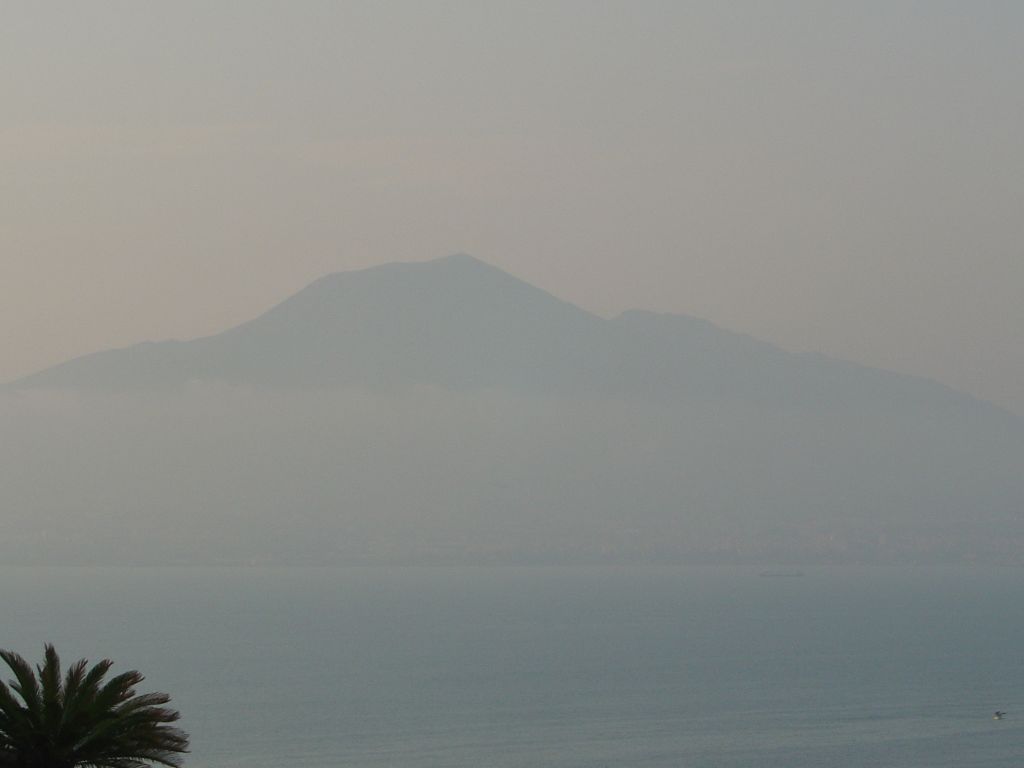
It was midday, as the citizens settled down to lunch, when Vesuvius erupted in earnest. A gigantic cloud of ash and pumice, fifteen kilometers high and containing twenty-two million pounds of debris, exploded into the sky in the shape of an umbrella pine. The earth shook, throwing the terrified citizens to the ground, and a violent cracking and roaring filled the air. Many chose to flee, abandoning their meals where they lay. A professional baker left with 81 loaves of bread left in his ovens. Those that ran immediately likely escaped, but those that chose to stay would find escape increasingly difficult. Around 1:30 pm, the winds shifted and drove the volcanic cloud toward Pompeii. Ash, pumice, and large chunks of stone rained into the city, shattering roof tiles and damaging buildings. Any not killed by the maelstrom hurried to take shelter, cutting off their last chance of evacuation.
A Rain of Ash and Stone
Many still attempted to leave the city, hurrying toward the gates holding cushions and pillows above their heads. Though the initial fall eventually slowed, ash was still falling at a steady rate. Vesuvius was throwing 100,000 tons of debris into the sky per second, and creating constant seismic shocks. The city plunged into blackness, still several hours before the onset of night. Half a meter of ash and debris covered the streets. Any that hoped to live had to battle to stay above the rising layer of ash. Two women and a child found themselves trapped in the open peristyle courtyard of the Villa of Mysteries. One of the women had to watch as her companions disappeared beneath the ash. She climbed hour after hour to the top of the rising debris; a desperate, but vain attempt to survive.
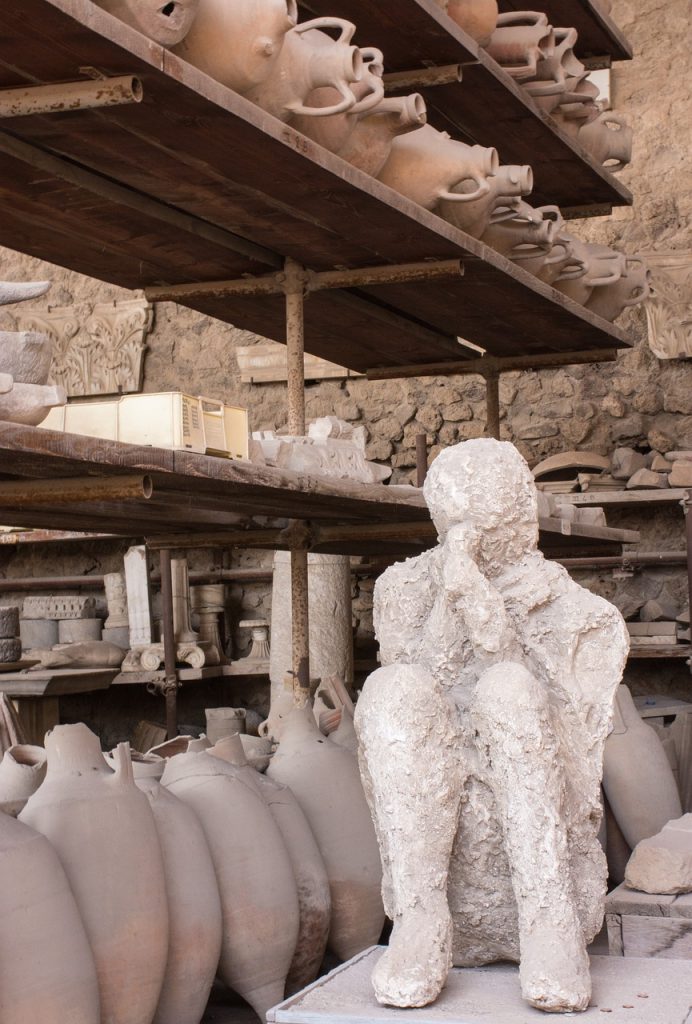
Those sheltering indoors were in just as much danger. The constant quaking of the earth compromised the structural integrity of buildings, and building roofs sagged beneath the weight of fallen ash and stone. In the House of Queen Caroline, two couples sheltered together. The collapsing building crushed one of the pairs, while the surviving two could only watch helplessly. Trapped by the falling rubble, they died in each other’s arms. On the upper level of the Murcine Building, two woman protected three children, the youngest only four, but they could do nothing against the onslaught of Vesuvius. In a moment of thunderous chaos, the roof above gave way, with enough force to drive all of their bodies through the floor to the level below. Yet still, the worst was yet to come. At around 11 pm that night, the volcanic cloud reached its peak height of thirty-three kilometers.
Pyroclastic Surges Begin
As the force of Vesuvius’s eruption lessened, the upward pressure was no longer enough to support it. The cloud collapsed on itself, sending a mass of hot ash and gases, over 815 degrees Celsius, down the sides of the mountain at between 62 and 100 miles per hour. The scorching wave of gas, called a pyroclastic surge, was only the first of six. The first and second blasts didn’t reach Pompeii, though they careened through the neighboring city of Herculaneum. In the lessening ash fall, many of those still alive began to creep out of their shelter. In the early hours of the morning of the 25th, with a deafening roar, the third pyroclastic surge barreled down the mountainside and hit the northern edges of Pompeii.
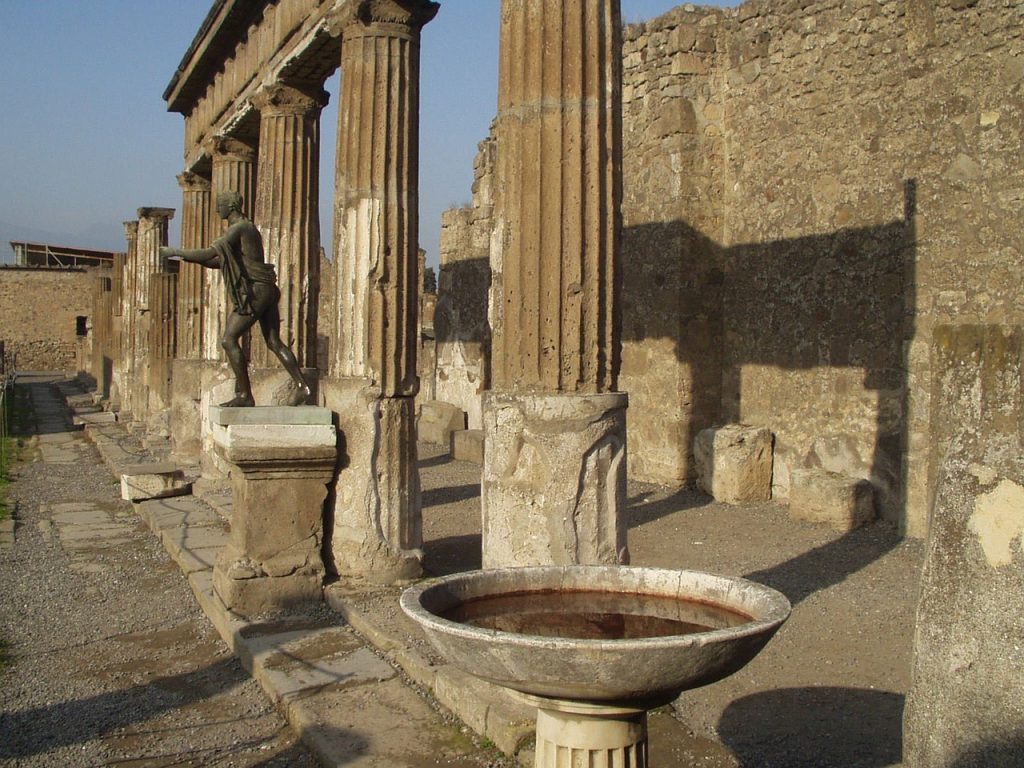
A mother, father, and their three children had been attempting to leave Pompeii, heading out the northern city gate. Hearing the thunder from the mountain, they hid among the tombs, unaware of the new danger approaching. The heat was so intense it caused instant fourth degree burns, overheating the blood running to the brain, and causing cardiac and respiratory arrest. One wealthy family, mother father and two children, climbed to the roof of their home, the House of the Golden Bracelet, to consider their next move, only to be caught in the blast. In the Villa of Mysteries, a doorkeeper died in his office, and three women succumbed in their rooms. A young girl was standing at the entrance when the deadly cloud of gas slammed into the building.
The Final End
The inhabitants of the Villa of Diomedes had hidden in the wine cellar during the first waves of violence. The house’s owner and his steward were standing just outside the cellar door when the blast knocked them over. The lady of the villa died comforting a boy and two young women. Fourteen other members of the household spent their last moments in the cellar. Their bodies were found covering their faces with their tunics, trying to escape the choking Sulphur.
The third surge only reached Pompeii’s northern edge, but The fourth and fifth surges rushed through the entire city. In the Villa of Polybius, thirteen people couldn’t evacuate because Polybius’s eighteen year old daughter was eight months pregnant with her second child. During the collapses under fallen debris, they had been trapped in two isolated rooms. Polybius’s wife, her pregnant daughter and her son-in-law were unable to reach Polybius and the young couple’s first son, the families separated in their final, horrible moments.
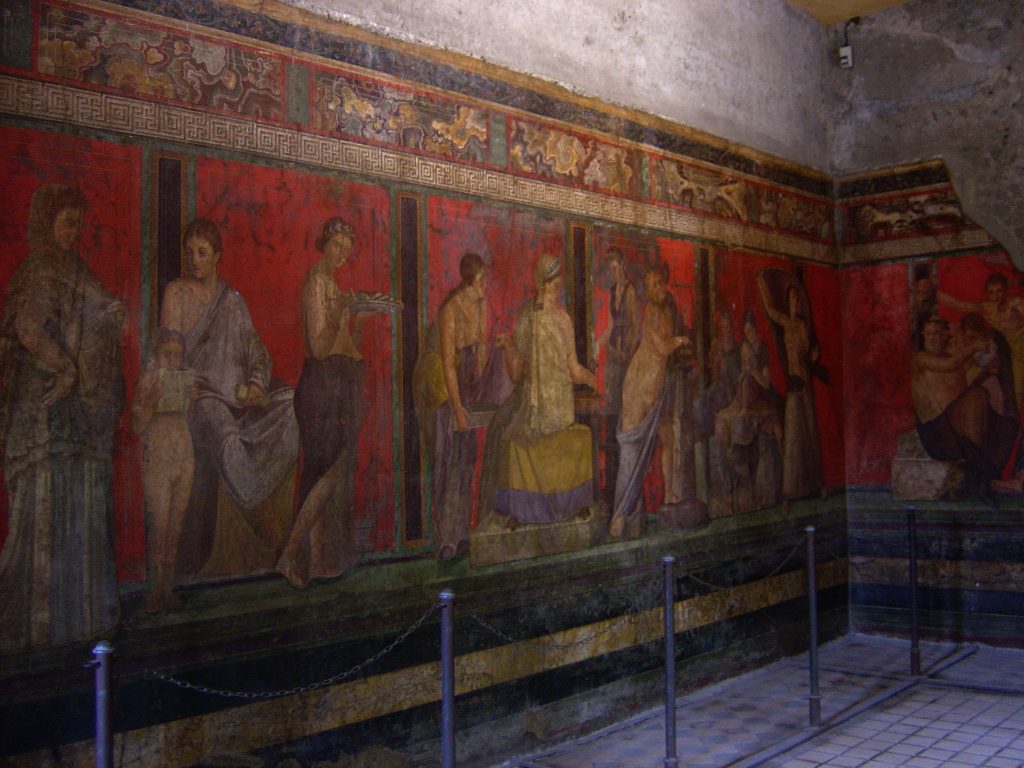
A similar situation occurred in the House of Menander. Here, the separated group had been working frantically to break into the adjoining rooms and rejoin their loved ones. They never made it through. Near the southern walls, the force of the blast knocked down a family heading toward the gate. It came so suddenly that the older woman’s clothes remained blown up around her waist. Another family, a young father and mother with their infant child, were also caught outside when the blast hit. The mother desperately tried to protect her infant, while the father died still struggling to reach his fallen wife and child.
Nothing could have survived the fifth blast, and the sixth surge whipped through a lifeless city.
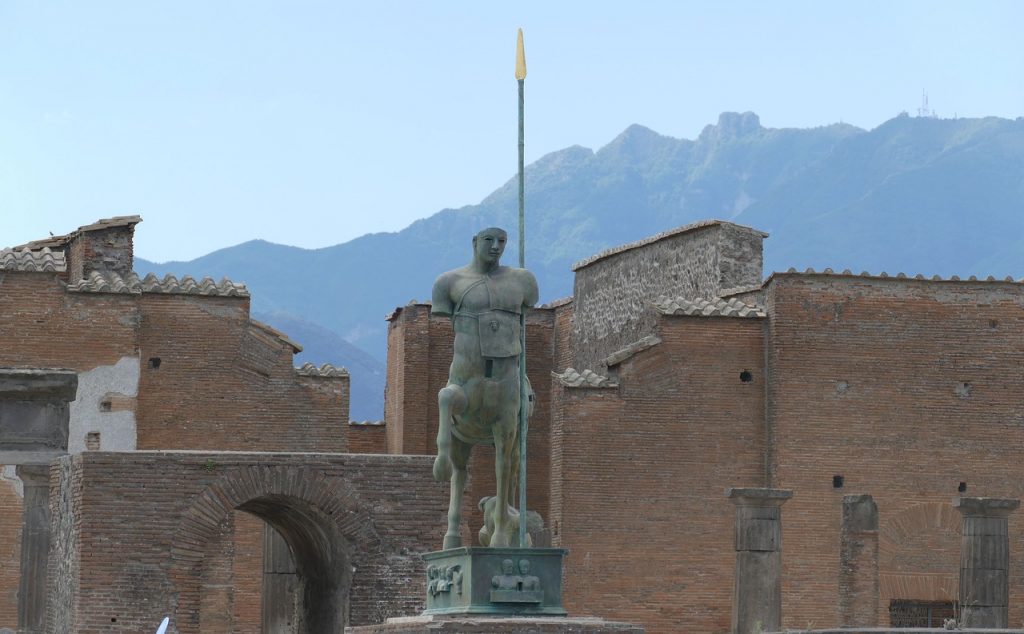
Historical Note
*The traditional dating of the eruption of Vesuvius has been August 24th, 79 A.D.. This came from the writings of Pliny the Younger. Yet there has long been question regarding this date. Archaeologists found preserved fruits on trees that grow later in the season and many braziers for warming fires. In October of 2018, excavators working in new areas of Pompeii discovered writing with a date of October 17th. Written in charcoal, it is unlikely that the message could have survived from the previous year. Therefore a date of October 24th is more likely, though it is still difficult to pinpoint the exact day. Historians consider the 24th likely, again based on Pliny’s work. The discrepancy in dates in Pliny’s work could be due to a previous mis-translation or mistake in reprint. No contemporary copies of Pliny’s works exist today.
Photo: Tétradrachme, Argent, Incertain, Épire, Pyrrhus by Pyrrhus (0318-0272 av. J.-C. ; roi d’Epire)is licensed under CC0
This article was written for Time Travel Rome by Marian Vermeulen.
Sources: Pliny the Younger, The Letters of the Younger Pliny; Cassius Dio, Roman History; Cooley, Alison E., Cooley, M. G. L., Pompeii and Herculaneum: A Sourcebook; Butterworth, Alex, Pompeii: The Living City; Mau, August, Pompeii, Its Life and Art
What to See Here:
The thing to understand about Pompeii is that rather than a city “frozen in time”, it is a carefully constructed archaeological theme park. Since the site first started attracting aristocrats on their Grand Tours during the eighteenth century it has been a place of deception—the skeletal remains of its former inhabitants placed in particular locations for tourists to conveniently “find”, much to their delight. And even today the site of Pompeii manages to transport, convince—and by doing this deceive—most of those who come to visit.
Apparently ancient areas such as the Large Forum and Amphitheatre, for example, were entirely rebuilt as recently as 1943 after Allied bombs destroyed vast swathes of the site. Out of necessity, many of its buildings have been both structurally and artistically restored. And the only way to know not only what you’re looking at but also from when it dates is to arm yourself with a decent amount of background knowledge.
That said, as a site that makes everyday Roman life feel immediate and tangible Pompeii is almost without equal. Its Temple of Jupiter at the head of the Forum gives you a perfect idea of the spatial layout of a Roman city’s social and commercial centre. The House of the Faun gives you a sense of the size and scale of Rome’s elite residences. The Lupanar (brothel) offers a valuable insight into some of the more carnal activities that went on in towns and cities across the Empire. And its House of the Tragic Poet houses a mosaicked artwork, the message of which—CAVE CANEM (or “Beware the Dog”)—transcends both time and language.
But aside from Pompeii’s many structural relics, the site’s most poignant connection to the past comes in its plaster cast bodies, preserved in their violent death throes for perpetuity. You can’t always see them—when they died, it seems that Pompeii’s Plaster Cast population were condemned to an eternity of being moved from one museum collection or exhibition to another. But occasionally they are there, providing macabre reminders of history’s transience and human fallibility. And it’s not just people in Pompeii. As you’d expect from a fully-fledged settlement, many animals lived in the city, and you can still see the plaster cast of a small boar and a dog—the latter’s descendants, who roam the modern site, blissfully unaware of their ancestor’s fate.
To find out more: Timetravelrome.
